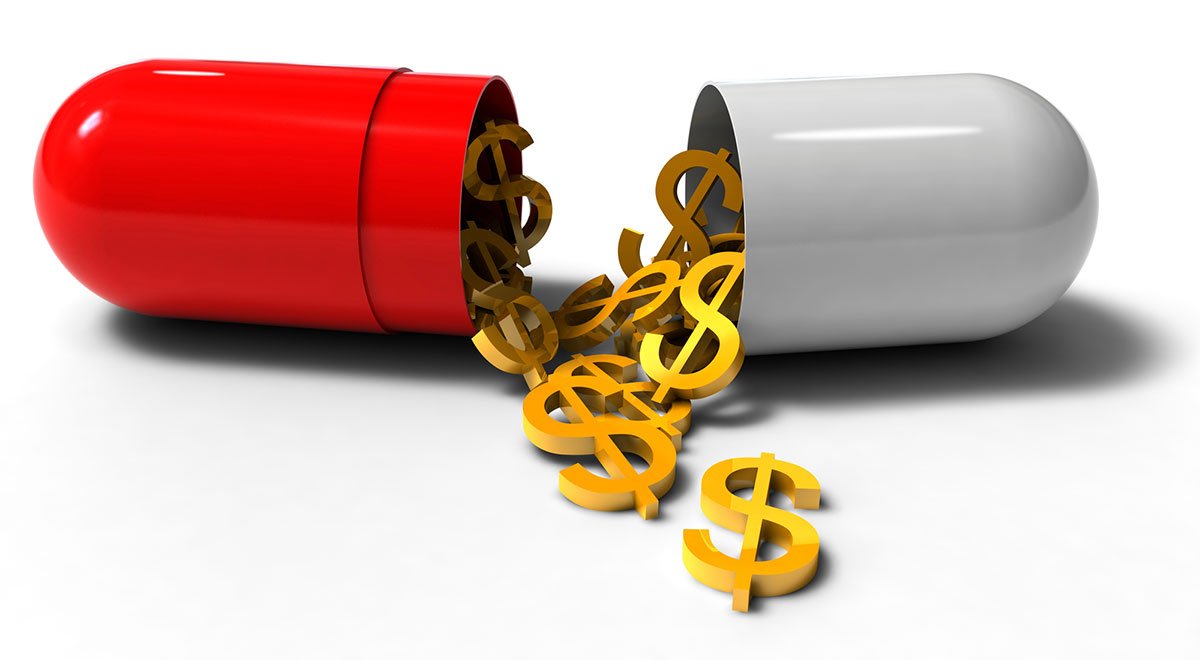The intentions behind the Orphan Drug Act of 1983 may have been good ones, but in recent years, it has also been an opportunity for Big Pharma to dodge taxes and make big profits – often at the expense of taxpayers, while providing questionable benefits to patients it was intended to help.
Two years before leaving office, former U.S. Senator Henry Waxmam (D-CA), one of the co-sponsors of the original legislation, admitted, “The [pharmaceutical] industry has taken advantage of the incentives to charge excessive profits and to reap windfalls far in excess of their investments in the drug.” In an interview appearing in the November 9, 2013 edition of the Seattle Times, he added,
“Almost a third of orphan drugs net more than $1 billion in annual sales…I think we need to put some outer limits on the prices for some of these drugs. But this of course has been fought vigorously by the drug companies. You can never take anything away from drug companies even when you can show that they are being overpaid.”
Surprisingly, the Food & Drug Administration, which in recent year, has been little more than a handmaiden to Big Pharma, is moving to rein in some of these abuses.
An “orphan drug” is one that has been developed for the treatment of a rare disease, typically one that affects fewer than 200,000 people. The designation of an orphan disease and any medications developed for its treatment is a public policy issue in most countries. Generally, pharmaceutical companies who secure orphan status enjoy a number of economic incentives, which include an extended period of exclusivity as well as tax breaks and fee waivers.
The major benefit of such policy is that it can lead to medical breakthroughs that normally aren’t achieved because of the costs associated with the research and development of such drugs, making them unprofitable. On the other hand, the pharmaceutical companies that own the patents on these drugs can charge as much as they like.
Another downside: the profit-driven nature of the U.S. health care system has led most of these companies to work the system to their advantage, manipulating the rules in order to obtain monopolies on medications that aren’t necessarily “orphan drugs” intended to treat rare disorders.
This information came out recently as the result of an investigation by Kaiser Health News. According to the report published earlier this month, drug makers are using the law in order to create “niche markets” for products that are being commonly used to treat millions of patients for a variety or conditions.
The investigation found that out of nearly 450 orphan drugs that have been developed since the law took effect in 1983, over 70 – or approximately 16 percent – are drugs that were approved by the FDA long ago for the mass market. These include Crestor, a cholesterol drug; Humira, used to treat rheumatoid arthritis; and the controversial antipsychotic drug Abilify.
This week, FDA head Dr. Scott Gottlieb announced that he would be acting to close at least one of the loopholes that has been allowing Big Pharma to pad its profits by avoiding certain testing requirements. In a blog post, Gottlieb said that he would specifically be addressing a provision that has allowed pharmaceutical companies to bypass pediatric testing when developing common medications for the treatment of orphan diseases in children.
Under this loophole, a drug commonly used to treat adults with a particular condition can be granted orphan status when it can be used to treat children with the same disease – meaning that drug companies don’t actually have to do any clinical studies on pediatric patients.
This constitutes a major conflict of interest, and one that lawmakers thirty-five years ago could not have anticipated. Dr. Gottlieb says, “These new policy steps to make sure that the incentives offered by the ODA are granted by FDA in a way that’s consistent with the manner Congress intended.”

